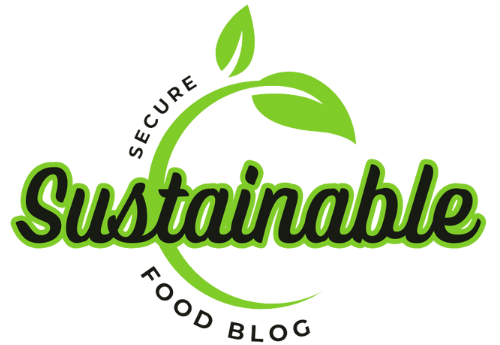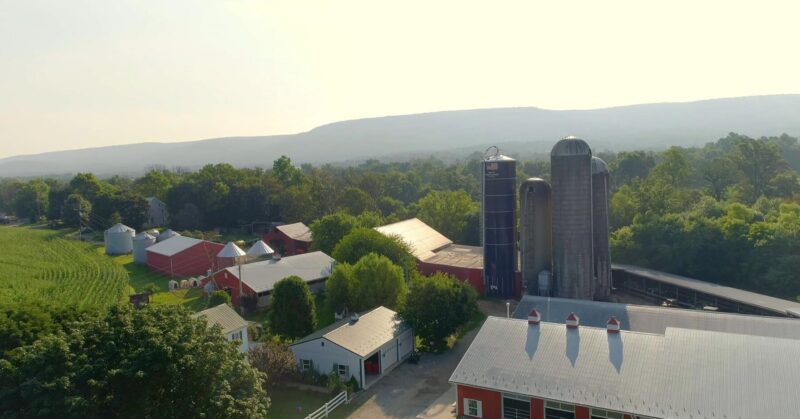Many people dream of living away from the noise of the city and are drawn to the peacefulness of the countryside. The idea of moving to a rural area and starting a farm is more than just a nice thought; it could lead to a slower and quieter way of living.
This guide will show the real things about making a big change like this.
Moving to the Countryside and Starting a Farm
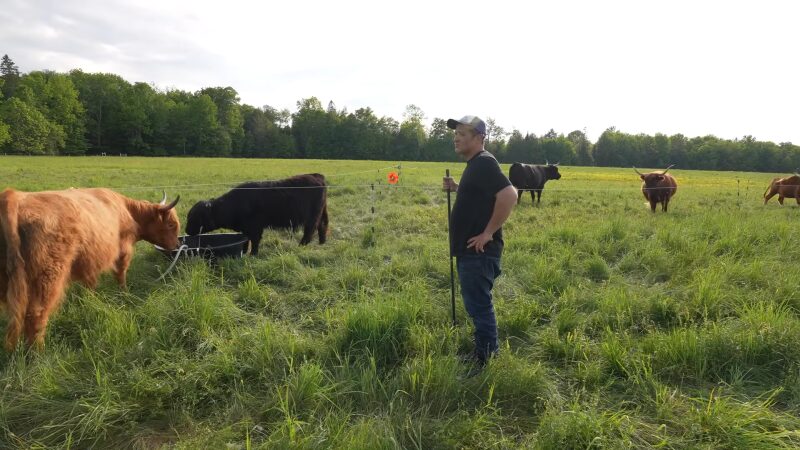
Making the decision to move to the countryside and start a farm isn’t something you want to take lightly. You’ll need to weigh your dreams against the realistic challenges you’ll face.
Do you imagine waking up to the sound of roosters crowing and tending crops under the sunny sky? But along with that comes long workdays, unpredictable weather that can affect your crops, and the constant work it takes to manage everything on the farm.
It will also mean big changes to your finances. Things like buying land, equipment, and animals will cost a lot upfront. Then you’ve got ongoing costs – seeds, repairs, property taxes, and such.
Be sure to do your research and think it through carefully.
Choose the Right Location
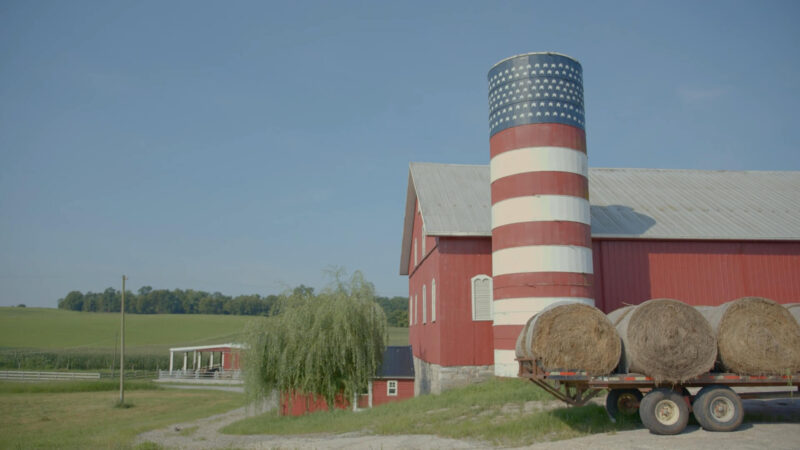
The location you choose for your farm is incredibly important. Where you set up will have a big impact on how things turn out, for better or for worse. There are some key things to consider when deciding.
Factors like climate and soil quality really determine what crops or livestock will thrive in that area. If a place is constantly dry or flooded, it could lead to problems.
Also, think about access – it’s good to be reasonably close to markets and places where you can get help if needed. But way out in the country means everything is farther away.
Modern farms generally need water, power, and internet access – make sure the spot you pick has reliable basic services. And how welcoming the local community is could affect your experience, so choose an area with friendly neighbors.
Do research on various regions, check out properties yourself, and talk to people who live there to learn the real situation – not just the positives.
Planning

Start with a very thorough list of everything that needs doing before the big day – such as updating your address, getting utilities set for the new place, and preparing for all your belongings to arrive in an orderly fashion.
When it comes to transporting your belongings, choose a reliable and experienced moving company such as Family Affair Moving. Experienced moving companies can handle everything from delicate items to heavy farm equipment, ensuring a smooth and stress-free move.
Farming Practices and Sustainability
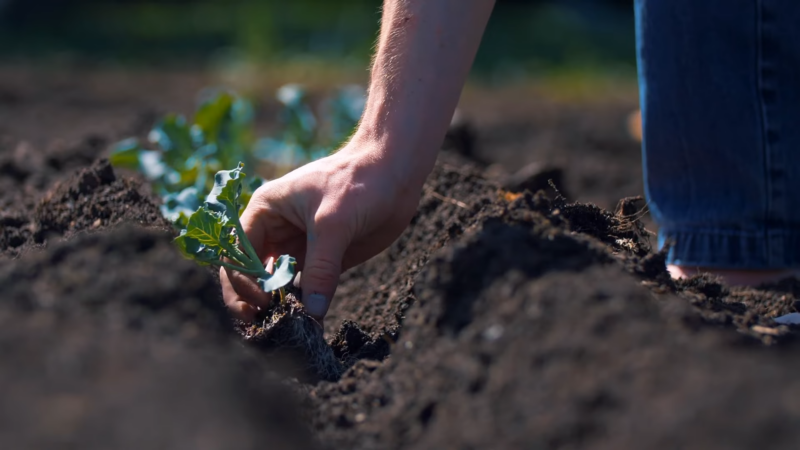
Figuring out smart farming practices is key if you wanna set yourself up for success long-term. That means learning things like rotating what you grow each season, keeping the dirt healthy, and dealing with pests without nasty chemicals. Folks at your extension office, neighbors who have been at it a while, workshops – those people can seriously help you out.
Going the eco-friendly route ain’t just good for the earth – it can pad your bank account too. Stuff like permaculture and regenerative ag not only improve the soil and wildlife over the years but naturally pump up what ya grow and the health of your animals.
Marketing and Selling Your Goods
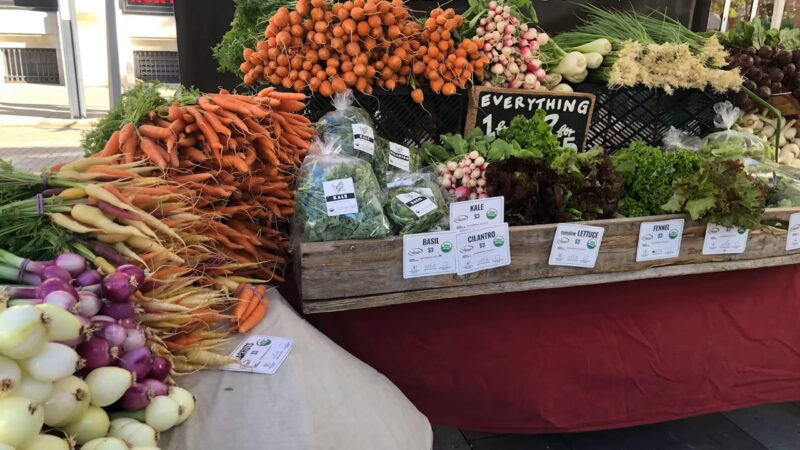
Understanding your market is critical. Who are your customers? What do they value? Is there a demand for organic produce, artisanal cheeses, or free-range meats in your area?
Staying ahead of market trends can give you a competitive edge. Sales and distribution channels vary. Direct sales at farmers’ markets and Community Supported Agriculture (CSA) programs offer personal engagement with customers.
Selling to local restaurants and stores can expand your reach. Effective marketing involves storytelling. Share your farming journey, practices, and the quality of your products. This builds trust and loyalty among your customers. Remember, farming is not just about growing food; it’s about nurturing a community around your produce.
Conclusion
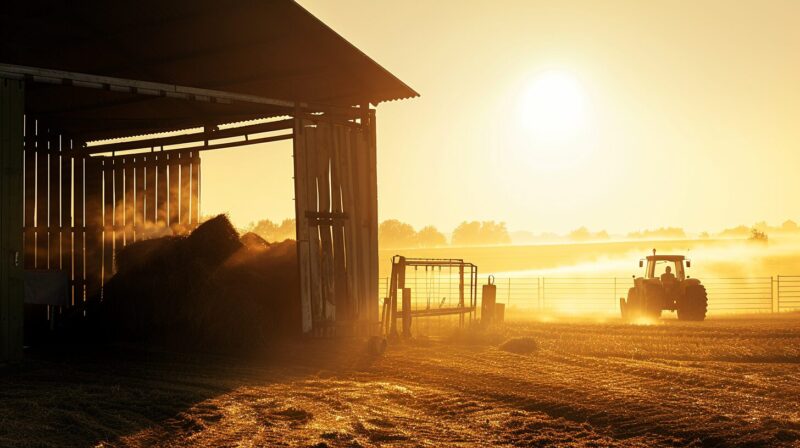
While the challenges are real, the rewards – a closer relationship with nature, a sustainable lifestyle, and the satisfaction of nurturing growth – are immeasurable. If you’re considering this life-altering move, approach it with an open mind, a willingness to learn, and a heart full of passion.
Remember, it’s a journey of continuous learning and adaptation. Whether you’re drawn to farming as a career, a hobby, or a way to live more sustainably, this adventure offers a unique opportunity to transform your life and connect with the earth in a meaningful way.
